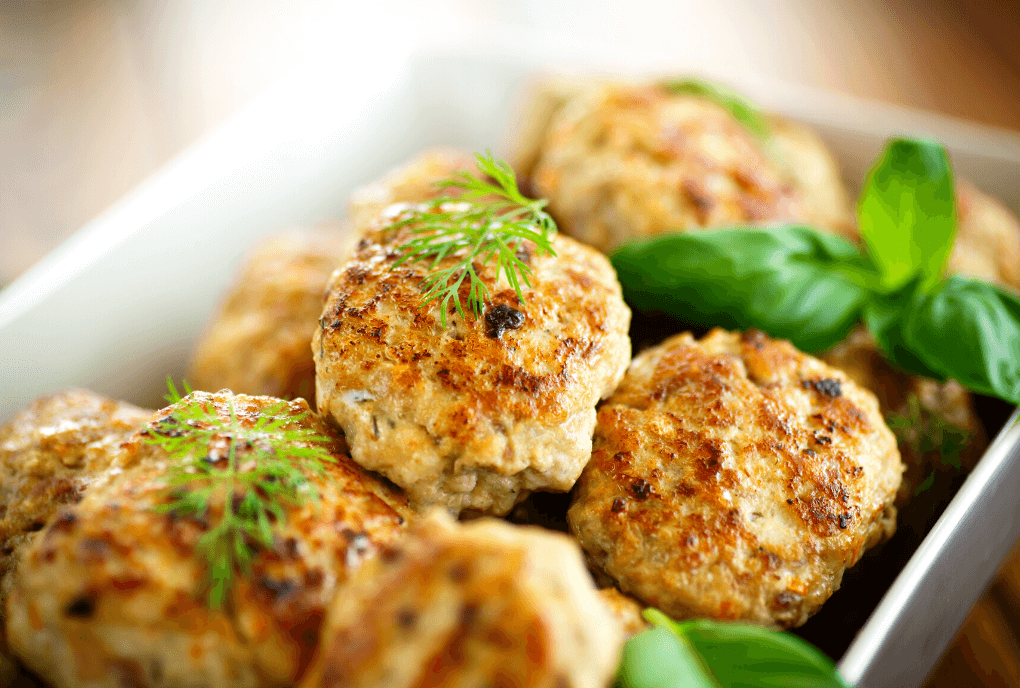
New life to leftovers: the recycling kitchen
Usually, leftover food can suffer different fates. Between being repurposed in the same version for the next few days until it is “used up” or being, reluctantly, thrown away, a third possibility stands out: recycling, that is, its repurposing in a completely new guise.
Sicilian cuisine of recovery
Trinacria’s cuisine is rich in recipes of “recovery“. In fact, a great many traditional dishes are created precisely with classic “leftovers from the day before.”
Today, many of those dishes are counted on the list of empty-fridge recipes, while in the past they were nothing more than the fruit of the imagination and dexterity of Sicilian women.
How is bread recovered in Sicily?
Among the many foods that often have a second life, one in particular is never missing from pantries. And not only in Sicilian ones: It is about the stale bread.
How often do you buy plenty and then fail to consume it all? Well, in Sicily, stale bread is used for the preparation of many salvaged dishes, from the “poorer” ones to the fancier eats.
Baked bread soup
The first recipe that comes to mind when talking about “days-old” bread is the classic soup. This is created using bread that may be as much as 15 days earlier than the dish is prepared, to which is accompanied by a nice mix of vegetables. This is boiled with the addition of salt, oil and herbs.
Meatballs
Moving on to something a little more mouth-watering, another recipe consists of meatballs. For this dish, the mollica, “muddica” in Sicilian, is first soaked and then combined with minced veal, along with eggs, cheese, milk, oil, salt and lots of parsley.
In recent times, as vegetarian cuisine has taken hold, the world of meatballs has somewhat adjusted to the “trend.” In fact, this dish is being prepared, more and more often, in a “veg” version. The vegetables that have the best texture to replace meat within the recipe are: zucchini, squash, eggplant and carrots.
Seconds become firsts
What if you were told to prepare an icing-based first course? One would immediately think of something sweet. Instead, “glazed” pasta is offered with a sauce made from the leftovers of a second course.
The agglassato, or “
aggrassatu
“, with potatoes is a typical Sunday dish, is made with a meat base and the glaze is given by the large amount of onions in the recipe. Its preparation takes a very long time, an aspect that gives it a very strong flavor. Usually the leftover gravy released from the meat is used in the following days as a condiment for tasty pasta dishes. Hence the reference to glazed dough.
These were just a few examples, but strongly able to make us understand how ingrained the anti-waste culture is within the Sicilian culinary tradition.
The idea of not throwing anything away was, as is still the case today, carried forward almost naturally. A sense of saving that has been passed down, from generation to generation, especially through the kitchen.
by Giada Saglimbeni






